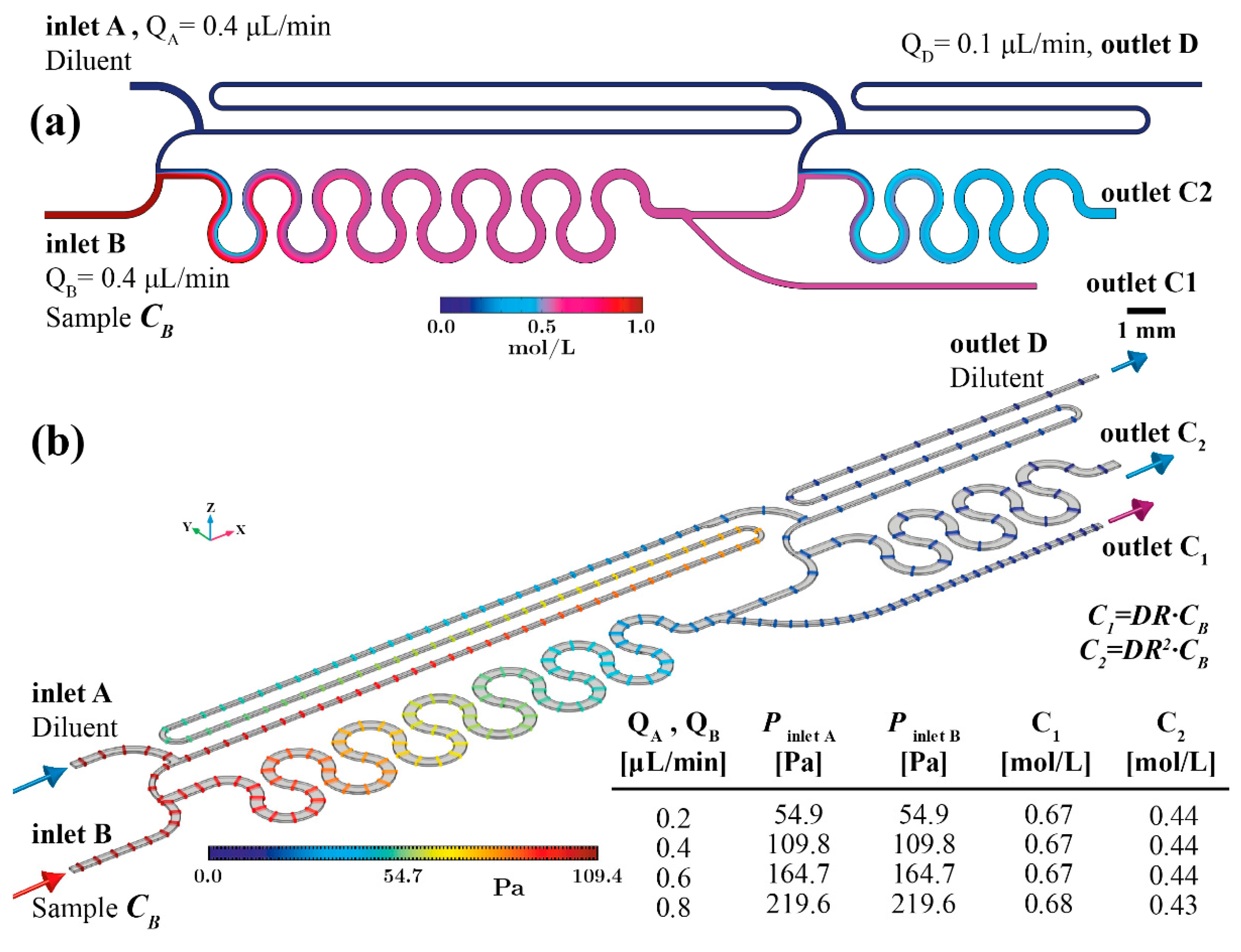
Serial Dilution Sources Of Error In Measurement Physics
Contents • • • • Famous experimental errors [ ] • (1903) A reported faint visual effect that experimenters could still 'see' even when the supposed causative element in their apparatus had been secretly disconnected. • (1906) – claimed experimental disproof of special relativity Published in Annalen der Physik and said to be the first journal paper to cite Einstein's 1905 electrodynamics paper. Kaufmann's paper stated that his results were not compatible with special relativity. According to, it took a decade for the shortcomings of Kaufmann's test to be realised: during this time, critics of special relativity were able to claim that the theory was invalidated by the available experimental evidence.
• (1924) – premature verification of the effect. A number of earlier experimenters claimed to have found the presence or lack of gravitational redshift, but Adams' result was supposed to have settled the issue. Unfortunately the measurement and the prediction were both in error such that it initially appeared to be valid.
Kelk 2000 site key keygen. Feb 24, 1999 - In many experimental procedures, the most effective way to sterilize objects. Video section Serial Dilution & Viable Cell Counts illustrates the pour. Video section Using Yeast to Measure Solar UV, illustrates a flamed. Mutant in excision repair, error prone repair and photoreactivation, uracil requiring. Apr 27, 2018 - You can use serial dilutions of a solution of known concentration to calibrate. Standards for your lab equipment means measuring out a solution of. The absolute size of the error in each standard becomes smaller.
It is no longer considered credible and there has been much debate about whether the results were fraud or that his data may have been contaminated by stray light from. The first 'reliable' confirmations of the effect appeared in the 1960s.

• First reproducible (1955) Originally reported in Nature in 1955 and later. Diamond synthesis was later determined to be impossible with the apparatus. Subsequent analysis indicated that the first gemstone (used to secure further funding) was natural rather than synthetic. Artificial diamonds have since been produced.
• Claimed (1970) In 1970 Joseph Weber, an electrical engineer turned physicist, and working with the University of Maryland, reported the detection of 311 excitations on his test equipment designed to measure gravitational waves. He utilized an consisting of two one ton aluminum bars, each a separate detector, in some configurations being hung within a vacuum chamber, or having one bar displaced to Argonne National Laboratory, near Chicago, about 1,000 kilometers away, all for further isolation. He took extreme measures to isolate the equipment from seismic and other interferences. But Weber's criteria for data analysis turned out to be ill-defined and partly subjective. By the end of the 1970s Weber's work was considered spurious as it could not be replicated by others. Still Weber is considered one of the fathers of gravitational wave detection and inspiration for other projects such as. • (1976) Data from in 1976 appeared to indicate a new particle at about 6 GeV which decayed into electron-positron pairs.
Subsequent data and analysis indicated that the apparent peak resulted from random noise. The name is a pun on upsilon, the proposed name for the new particle and, the principal investigator. The illusory particle is unrelated to the, discovered in 1977 by the same group. • Cold fusion (1989).
Main article: Since the announcement of in 1989, cold fusion has been considered to be an example of a. Two panels convened by the, one in 1989 and a second in 2004, did not recommend a dedicated federal program for cold fusion research. In 2007 reported that the would host an invited symposium on cold fusion and low energy nuclear reactions at their national meeting for the first time in many years. • (2014) On March 17, 2014, astrophysicists of the 2 collaboration announced the detection of inflationary gravitational waves in the B-mode power spectrum, which if confirmed, would provide clear experimental evidence for the theory of inflation. However, on 19 June 2014, lowered confidence in confirming the cosmic inflation findings was reported. Alleged scientific misconduct cases [ ] • (1926) – dubious experiments.
Rupp had been considered one of the best experimenters of his time, until he was forced to admit that his notable track record was at least partly due to the fabrication of results. • (1988) French immunologist published a paper in which seemed to support a mechanism by which could operate.
The journal editors accompanied the paper with an editorial urging readers to 'suspend judgement' until the results could be replicated. Benveniste's results failed to have been replicated in subsequent experiments. • Materials physics (~1999). • Norton, John D. (20 June 2015). 'Replicability of Experiment'. An International Journal for Theory, History and Foundations of Science.